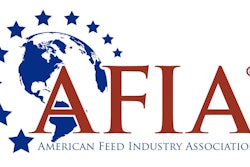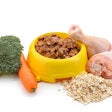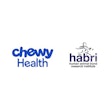- A huge regulatory change means pet owners will soon be able to make more informed choices about what they feed their companions. Will manufacturers be ready?
This week, the Association of American Feed Control Officials--a group effectively deputized by the FDA to drive regulatory compliance in the pet food industry--approved changes to nutrition labels that closely resemble todays' human-food labels. It's the biggest such revision since the early 1990s, giving consumers deeper insights into what they're buying as they confront pet-health challenges including obesity, joint health and cognition.
"This new label is great news for consumers, but it reveals the interconnected challenges producers face every day in their quest to make pet food that is healthy, tasty and nutritionally complete," said Pablo Coronel, Ph.D., a CRB senior fellow for food safety and process.
And updating a label may go far beyond a graphics change.
“In the best-case scenario, we anticipate it will take producers at least three to six months to implement. But for instances that may require additional market research or supply chain updates, it may take longer,” said Katie Ireland, a CRB Senior Principal Packaging Engineer.
Full implementation could be years away, but preparations should begin now. Here are some factors producers should consider:
AAFCO's guidance gives manufacturers several years to comply, but CRB believes consumers will start seeing the new labels hit shelves by the end of 2024. Early adopters could gain advantages over stragglers.
- To ensure the product's nutritional content matches the label, producers should re-examine their lab capacity: Do they build new labs or rely on third parties, such as universities, dedicated private labs or established producers with existing set-ups?
- As pet-food SKUs proliferate--many companies produce dry, wet and refrigerated variants that were already raising manufacturing complexity--the new labels could force some companies to rethink product strategy.
- A recent CRB Horizons report on pet food manufacturing found more than 40 percent of respondents said their companies were planning packaging changes. How many of them were accounting for the new label in their planning
- Pet food's unique safety considerations come into sharper focus:
As new labels look more like human-food labels, producers will be challenged to clearly state their product isn't intended for human consumption without scaring consumers.
At the plant level, the labels will force significant review of a facility's segregation practices, cleaning plans and how it safely partitions raw and cooked ingredients, as well as cross contaminants.
What does this change mean for pet food producers?
Easy-to-read notations about calories, protein, fat and carbohydrates are a win for consumers. New labeling requirements imply changes in graphics, packaging, inventory management and QA/QC lab capabilities. Master planning in advance will help manufacturers get ahead.
To speak with CRB's experts in pet food manufacturing and regulatory compliance, contact Chris Clark at [email protected], or Dana Merrill, at[email protected].












